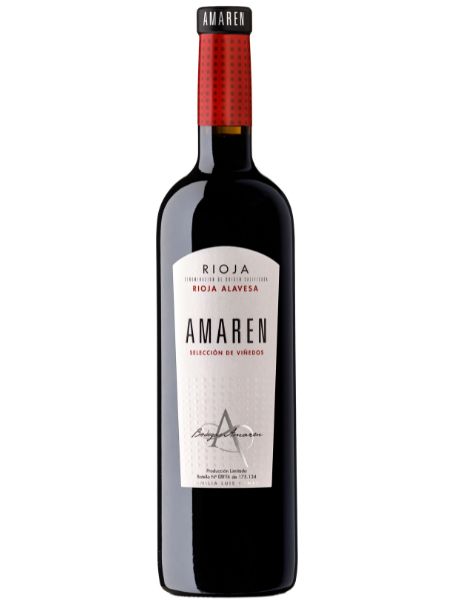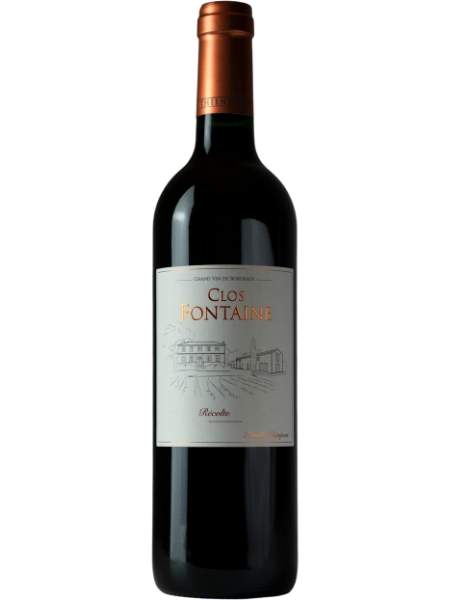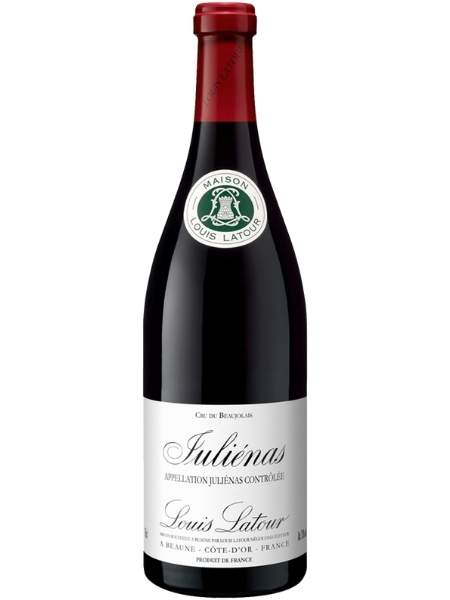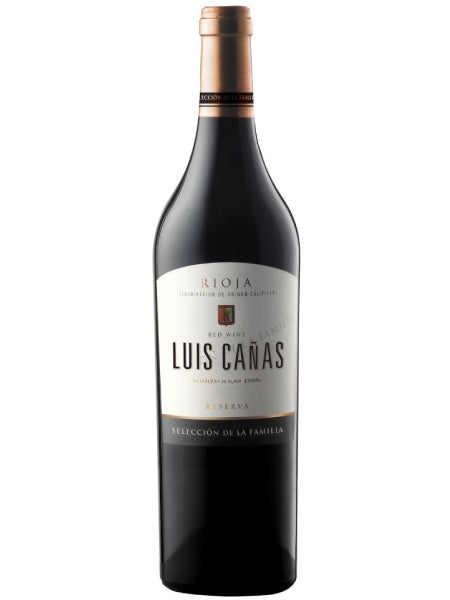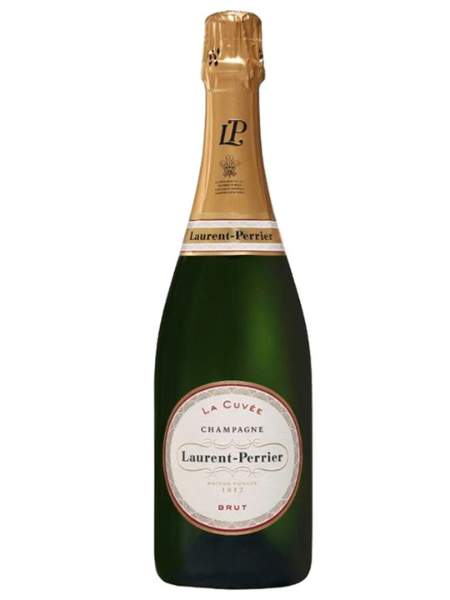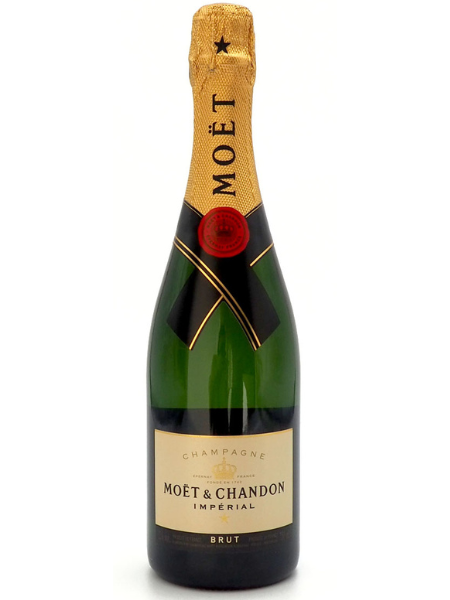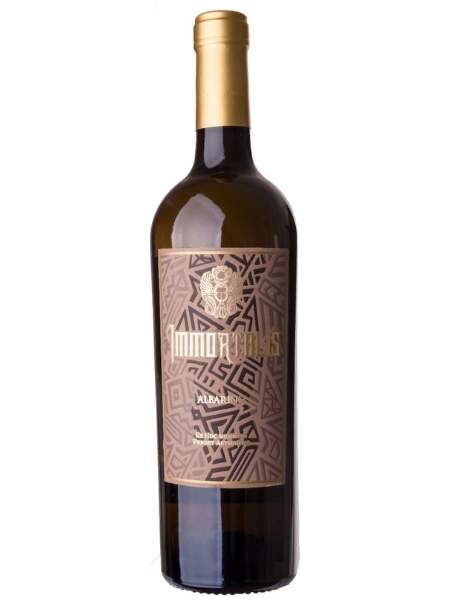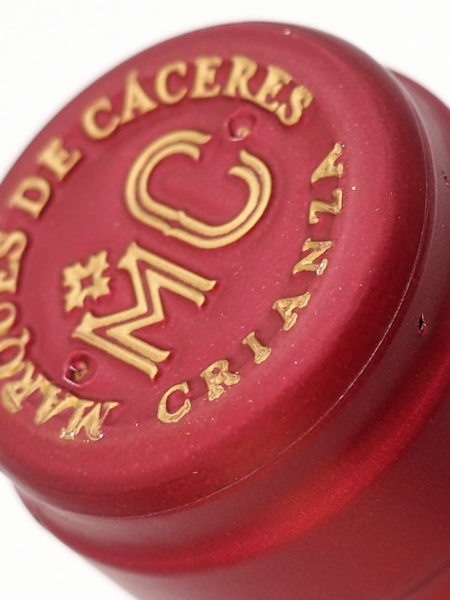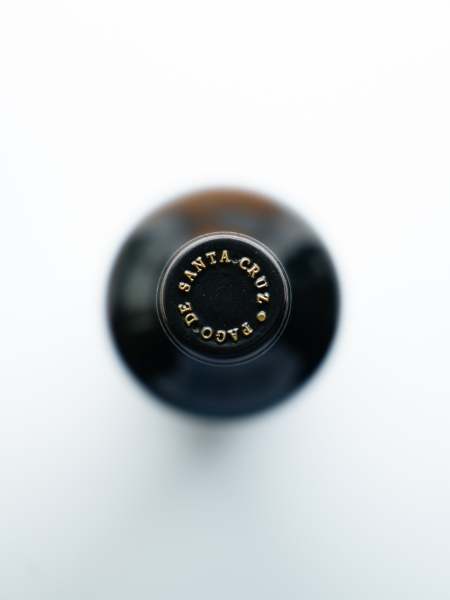
What is the Difference Between Old World and New World Wine?

It’s no secret that the world of wine has become increasingly complex in recent years, with vineyards popping up around the world and plenty of new styles of wine to explore. Among all this, one big distinction remains – should you choose Old World or New World wines? If you're a budding wine enthusiast, understanding what sets them apart is essential for enjoying your chosen tipple. So grab a glass and read on as we take an in-depth look at the differences between these two worlds!
Table of Content:
Old World Wine: A Taste of Tradition
The Roots of Old World Wine
Old World wines trace their roots to Europe, the cradle of winemaking. These regions include France, Italy, Spain, Portugal, and Germany, among others. The tradition of winemaking in these areas spans centuries, even millennia. The winemakers here embrace time-honored methods and often strictly regulate grape varieties to preserve the distinctiveness of each appellation.
Terroir: The Essence of Old World Wines
One word defines Old World wine: "terroir." This French term encapsulates the unique combination of soil, climate, and geography that influence the flavor and quality of the grapes. Winemakers in the Old World firmly believe that the character of a wine is deeply tied to the land from which it hails. It's an essence that whispers of history with every sip.
Complexity and Elegance
Old World wines are celebrated for their complexity and elegance. They are often described as more restrained, offering a delicate balance of flavors. The tasting experience can be an exploration of subtleties, where nuance takes center stage. These wines tend to be drier and less fruit-forward, allowing the natural acidity and earthy undertones to shine.
New World Wine: A Burst of Innovation
Emergence of New World Wine
The New World, including countries like the United States, Australia, Argentina, Chile, and New Zealand, represents a more recent chapter in the world of winemaking. These regions have embraced innovation, often experimenting with grape varieties and techniques. New World winemakers have the freedom to explore and push boundaries, leading to exciting and diverse wine offerings.
Fruit-Forward and Bold
New World wines are known for their fruit-forward and bold characteristics. They burst with flavors of ripe fruits, often displaying a more exuberant and approachable profile. These wines are often aged in new oak barrels, imparting vanilla and toasty notes. The emphasis is on the primary fruit flavors, making them instantly appealing to many palates.
Versatility and Accessibility
The New World is a playground for wine experimentation, resulting in a wide range of styles to cater to various tastes. The accessibility of New World wines is a significant selling point. They are approachable, enjoyable, and suitable for those new to wine. It's no wonder they've gained immense popularity worldwide.
What is the Difference Between Old World and New World Wine?
Now, let's break down the key differences between Old World and New World wines.
- Geography: Old World wines originate from Europe, while New World wines come from regions like the Americas and Oceania.
- Terroir vs. Innovation: Old World wines embrace the concept of terroir, emphasizing the influence of the land, while New World wines prioritize innovation and experimentation.
- Flavor Profile: Old World wines tend to be more subtle and complex, with earthy and mineral notes. New World wines are fruit-forward, bold, and often oak-aged.
- Tradition vs. Freedom: Old World winemaking is steeped in tradition and regulation, while New World winemakers have more freedom to explore and innovate.
FAQs
Q: Are Old World wines better than New World wines?
A: It's not a matter of better or worse. Both Old World and New World wines have their unique qualities, and your preference depends on your taste and the occasion.
Q: Can you age New World wines like Old World wines?
A: While New World wines are generally designed for immediate enjoyment, some can age well, but it's not a common practice as with Old World wines.
Q: Which is more affordable, Old World or New World wine?
A: New World wines are often more budget-friendly, making them a great choice for everyday enjoyment. Old World wines can vary widely in price, with some premium options.
Q: Do Old World wines have a specific taste due to terroir?
A: Yes, terroir greatly influences the taste of Old World wines. It imparts unique characteristics to grapes grown in specific regions.
Q: What foods pair best with Old World wines?
A: Old World wines often pair well with traditional European dishes, such as French wine with cheese and Italian wine with pasta.
Q: Are there any hybrid wines that bridge the gap between Old and New World?
A: Yes, some winemakers experiment with blending Old and New World techniques to create hybrid wines with diverse characteristics.
Conclusion
With any of the great Old World or New World wines out there, you're sure to find a perfect companion for your next dinner party. Why not make a game of it and explore both regions in turn? Find the must-try robust reds from Bordeaux, hone in on classic Italian whites, or launch into Australian Shiraz—and after you've tasted all sides of the illustrious wine world, find an exquisite blend to truly make your own.
The possibilities are endless with Old World and New World wines, so why not give it a go and discover what each region has to offer? When you really get into it, you'll be glad to know that there’s no wrong way enjoy — whatever you select will bring something special to the glass. Get ready to embark on an exciting journey filled with new flavors and old friends — discovering the best Old world wines and New world wines awaits!







